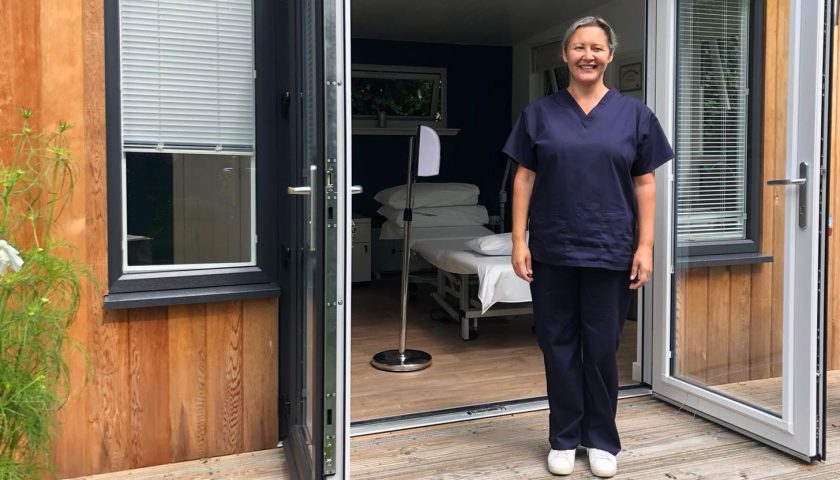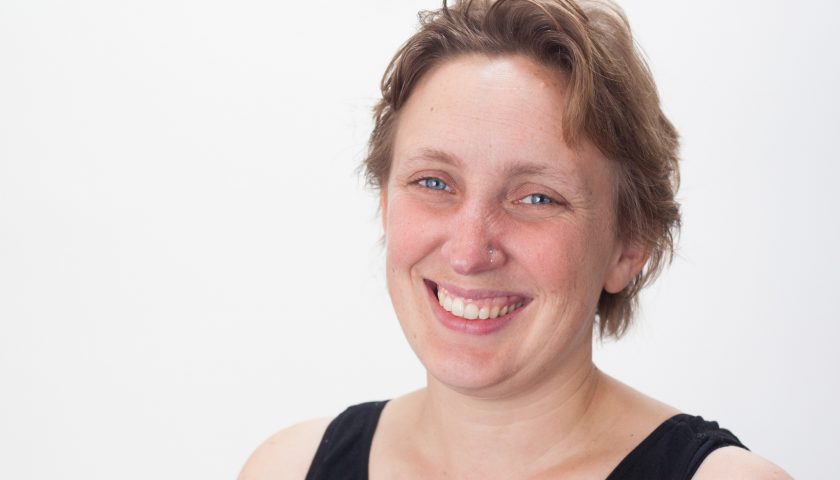A few years ago I attended a workshop in London, taught by an acupuncture colleague, Oran Kivity. What I learned there provided me with a valuable extra tool to use in my clinic, which has made a large impact on the success of my treatments and has been appreciated by many clients. This is a new style of treatment developed over the last decade by Oran himself – based on ancient theories of acupuncture and moxibustion – that few people will have come across. Oran has just published a book on the subject, Moxa in Motion, which is available on Kindle (with a paperback version coming soon). So I thought it was time to share some information about the treatment, which is called Ontake (pron. ‘on-tah-kay’).
Moxa is a herbal substance made from the leaves of mugwort, which has been used for healing for thousands of years. It is smouldered on or close to the skin and delivers a penetrating warmth which helps to improve circulation, relieve pain and inflammation, and can also help the digestion and strengthen the immune system. This is called moxibustion – a common treatment used by many acupuncturists.
Ontake is an indirect form of moxibustion – a short length of bamboo is filled with moxa which is then ignited at one end. The bamboo becomes warm and is used to stimulate energy flow by tapping, pressing and rolling it along energy pathways on the skin surface.
The unique feature of this treatment is that these movements are applied rhythmically, according to the natural frequency of each meridian (the body’s energy channels). Japanese acupuncture practitioners have discovered that stimulating a channel at its preferred resonant frequency produces a stronger response. So for example, the meridians running down each side of the spine and the back of the legs would be tapped at a frequency of 112 beats/minute, whereas the meridians in the shoulder area respond best to 120 beats/min. This requires the use of a metronome, so the client will hear the sound of a regular beat in time to the stimulation on their skin.
I have been integrating Ontake treatment into my acupuncture sessions as an extra way of helping to relax muscles and relieve pain. Results can often be felt instantly and may be quite surprising.
Since this therapy is all about balancing the body, it is often possible to reduce tension in one area by stimulating an opposite part of the body which is cold or weak. For example pain in the upper back might be effectively treated by using Ontake to warm the lower abdomen and (as described by Oran in his book) a sore throat might be relieved by tapping the lower back. Linking one part of the body with another in this way is very useful for treating severe pain that can’t be treated directly. For example, in cases of nerve pain in the face or neck, using Ontake on appropriate meridians in the feet or hands might be most effective.
Everyone seems to love this treatment. The warmth of the bamboo is soothing, and the regular sound and motion are relaxing. Even the smell of the moxa smoke seems to induce a comforting feeling. Using appropriate techniques suited to the individual, it is safe for everyone and can be used on almost all parts of the body, if necessary without removing clothing. It can be used as a complement to an acupuncture treatment or as a whole body balancing treatment on its own.
by Jenny Craig
Jenny practises in Wigtown and Stranraer.
Tel. 01671 404845 / 07870 836528 e: jenny.craig1@btinternet.com
FB: @gallowayacupuncture
Photo: Courtesy Oran Kivity




